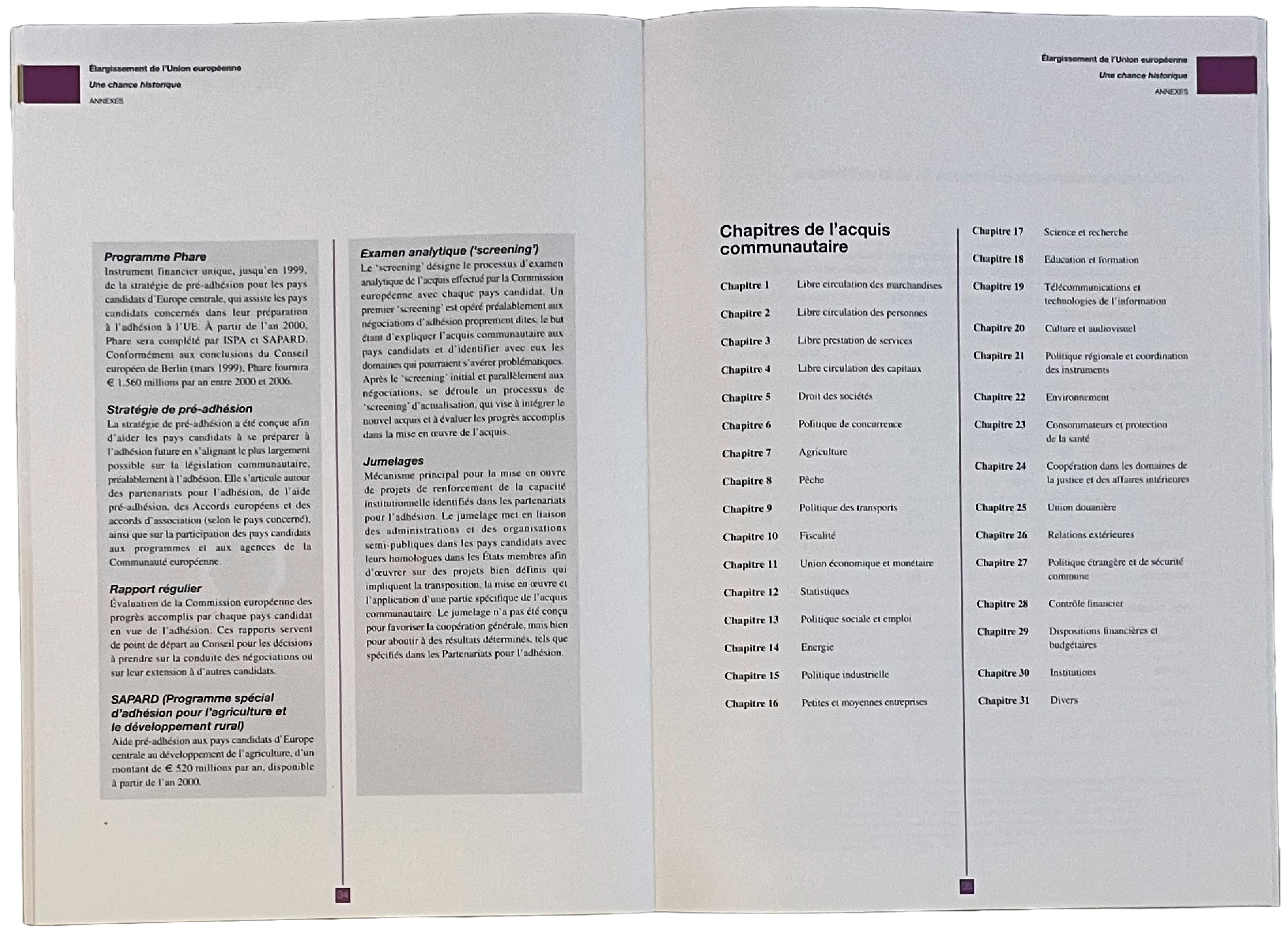
The rift between European countries caused by the war in Iraq needed to be healed, and the EU’s biggest enlargement to date certainly provided a grand narrative to do so. After more than half a century of deep, entrenched division, in 2004 the continent was ready for a reencounter. Ten new Member States were joining the club, eight from central and eastern Europe (Czech Republic, Estonia, Latvia, Lithuania, Hungary, Poland, Slovakia and Slovenia) and two from southern Europe (Cyprus and Malta). Their citizens could also vote in the elections that same year. Two more countries (Bulgaria and Romania) became members in 2007.
The turnout for this election was about 46 %. The Spaniard Josep Borrell became president of the European Parliament in 2004 for the first half of the term, and then the German Hans-Gert Pöttering served as president for the second half. However, in spite of the pro-European climate, the euphoria was short-lived, as clouds were gathering on the horizon. In 2005, both Dutch and French citizens said ‘no’ in a referendum on the Draft Treaty for a European Constitution, which would have brought the Union one step closer to a Federal Europe. Some countries were showing the first signs of enlargement fatigue: after all the effort of adaptation, was Europe worthwhile?
Nevertheless, not all the progress made in giving shape to a new Europe would go to waste: a period of reflection ensued after the rejection of the Constitutional Treaty. What to do next? The Berlin Declaration, co-signed in March 2007 by President Pöttering, salvaged many of the provisions of the Constitutional Treaty in time for the next election, in the form of what would become the Lisbon Treaty (initially known as the Reform Treaty).




